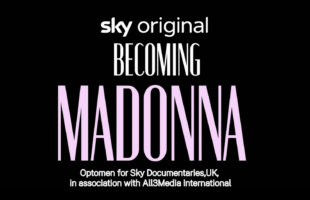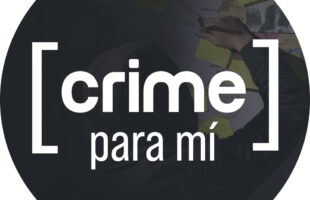Technology is not merely bridging content to viewers but is also providing new and innovative ways of making content altogether. Yet the usage of such innovative technologies by mainstream producers is yet to really gain momentum.
As Rune Entertainment’s Graham Perkins observed, “I’m not really seeing anything by Asian content providers that are really developing new types of content, based on new technologies.”
But tucked away in Ubi industrial estate in Singapore, is one example of a company pushing the boundaries.
Earlier this year, Monstrou Studio, invested in Singapore’s fi rst full motion-capture analysis system (MoCap). The system from Vicon Motion Systems, based in Sydney, is used to make 3D CGI content for television that until recently was reserved mostly for big budget series and feature fi lms.
Monstrou, which was established in 2008, decided to take this route, when it began developing Tritans II, a CGI action adventure animation series. And the investment seems to be paying off. Still in the midst of production, the 13-part series for kids has already received some early attention from Vietnam Cable Television (VCTV).
But the use of such advanced production technologies still remains an exception, rather than a rule for the Asian TV industry.
Kenneth Goh, Monstrou’s Creative Development Director, told TV ASIA Plus, “I think it is not being used enough. Education institutions are there. Technologies are there. But they are not necessarily being employed by the industry because of a combination of factors.”
The factors he is referring to are those of cost and a lack of awareness. Goh believes they are the main cause for the low adoption rate of these new technologies.
Yet the supposed high cost of MoCap can actually be offset by savings in labour costs. Goh added, “In the fi rst series of Tritans, there were approximately 40 full time/ part time animators working on different aspects of the production. In Tritans II however, through the use of MoCap, we are able to go to production with less than half this number. This has helped us in the nett man hours utilized.”
Even so, the common misconception that MoCap is beyond budget continues to hold. “There are actually a few Malaysian houses with this technology encountering the same kind of problem,” said Goh.
He added that furthermore, what is preventing the take off of the system is that “a lot of the mentality here is still that only movies use the technology”.
Despite this, Monstrou remains undeterred. The production house believes the tide will change eventually. “We’re looking at the long term, looking at hopefully coproducing with production houses.Also, we’re looking at stories that are recognized as Asian but can be shared and sold internationally.”
But there are some who still believe technology is not the be all and end all for the future of television content.
Said Perkins, who has worked and consulted with companies such as Apple and MTV Networks Asia, “Technology aside, it’s important to note that it is the story that engages audiences at the end of day. With the onslaught of new tools for companies to play with, it creates opportunities to create new forms of transmedia storytelling.
Perkins added that technology should not be the driver of engagement, but instead be used as a tool to complement and enhance the storytelling process. “There needs to be a deeper connection with audiences in order to get them to participate and lean forward – it all comes back to story.”
Monstrou is aiming to marry story along with all the bells and whistles when Tritans II completes production by mid 2012.








